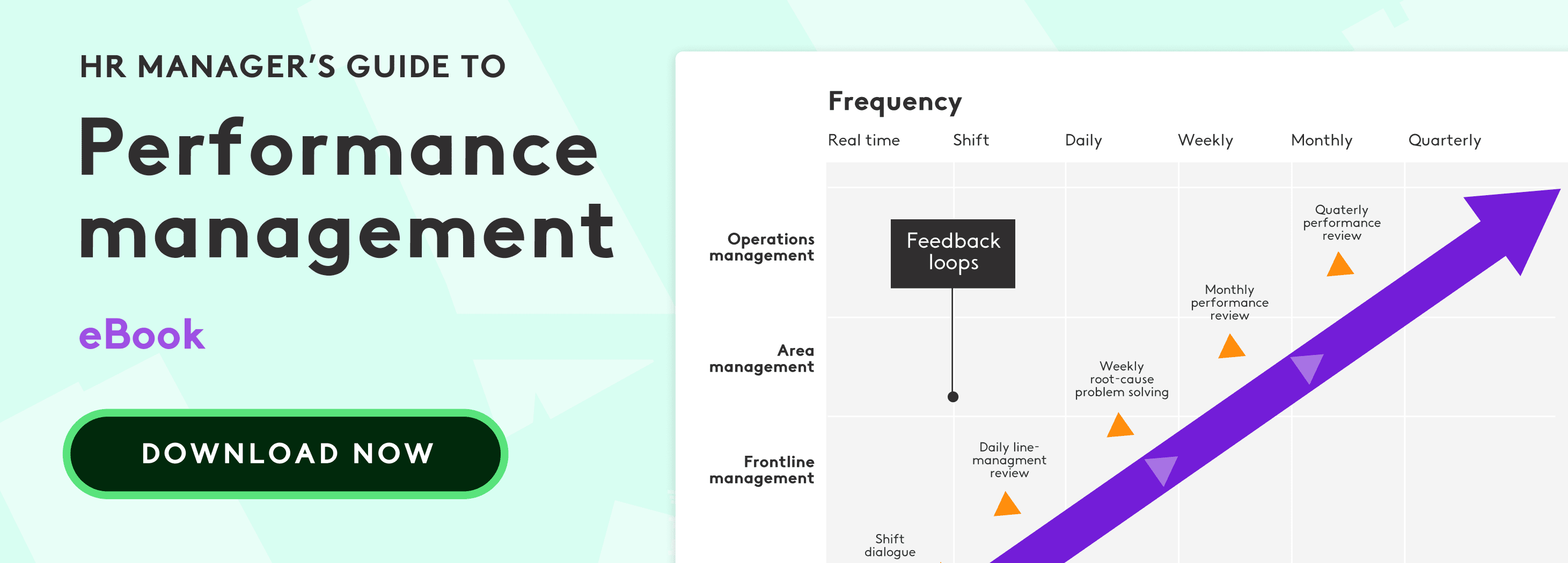The competency-based assessment has emerged as an alternative or complementary method to the performance review or goal-based appraisal. By using this technique, we can eliminate influence from external factors and obtain a more truthful picture of each employees’ skills. For this reason, many companies are now choosing to use this model.
Below, we explain how it works, what benefits there are and how to carry out a competency-based assessment.
What is a job competency-based assessment?
Competencies are the skills, expertise and practices that are required to correctly perform a role or certain professional activities.
Competency-based assessments therefore consist of analysing and evaluating each employee’s skills and capacities based on the requirements intrinsic to their post. In other words, it involves measuring how the worker executes the tasks they need to perform on a regular basis.
This list of tasks or essential skills is known as a competency model. These should only include the activities or expertise that are critical for success in this role.
Assessing competencies is a long-term approach targeted at the future of the employee, as it is based on the view that a professional with better competencies will be more efficient than one who stands out for their experience alone. So, there is a focus on the future, not just the past.
The advantages of a competency-based assessment
The competency-based assessment offers attractive benefits for organisations, some of which we have listed below:
- It allows us to identify areas for improvement for each employee and to create personalised and effective training plans.
- It is a very useful system to establish how effective training is and act accordingly.
- The assessment is personalised as only the competencies relevant for the role are used as criteria. Therefore, it produces highly valuable information that can help us understand the employee better.
- It makes it easy to define individual goals for each employee according to their actual capacities.
- The competency-based assessment takes account of the work methods practised by each employee rather than just considering goals.
- It encourages performance comparison between employees who carry out the same role.
- It improves employee engagement levels as it demonstrates that the company values their efforts and is there to support their development day by day.
- It establishes a system of continuous improvement internally.
The difference between a performance review and a competency-based assessment
While performance reviews are closely linked to competency-based assessments, they are not the same thing.
As we have already discussed, competencies comprise a person’s capacity to carry out a certain activity. Evaluating these competencies will tell us what the employee can do, what information they have and how they will carry out a given project.
Competencies are, so to speak, the foundation of performance. However, a person’s output is influenced by many other factors, such as the resources they have to do their job, the quality of the team, the efficacy of the training received and the work environment, among others.
Therefore, an employee’s eventual performance will result from a combination of their competencies and the organisational context.

Types of competency-based assessments
Generally, we can group competency-based assessments into three types depending on who does them:
1. Self-assessment
In this case, it is the employee themselves who analyses their skills based on the competency model. This exercise allows them to reflect on their own strengths and weaknesses, while identifying areas they should improve to satisfy the expectations set down by the company.
It is important to clarify that the self-assessment should be completed by an evaluation by the employee’s manager or supervisor to avoid individual bias.
2. Evaluation by the line manager
The line manager should also evaluate the competencies of everyone in their team once enough time has passed to monitor each member’s work.
In this respect, it is important to point out that the evaluation, from both sides, must be constructive, and always with a view to improving an employee’s capacities. In both types of assessment, therefore, specific aspects to work on should be defined to put improvements into effect.
3. 360-degree assessment
Finally, in the 360-degree performance review, different members of the team participate to provide an overview from all possible angles: line manager, colleagues, subordinates, clients, etc.
It is one of the most complete methods as it reduces individual bias and consists of an analysis from different points of view.
 Kenjo Interface
Kenjo Interface
How to do a competency-based assessment
To do a competency-based assessment, we need to put a set of steps into motion to establish the quality of each employee:
1. Define the competencias you want to assess
The first step of the assessment is to create the competency model in which you list the most important tasks, skills and expertise for performing the job role you are going to evaluate.
It is important that these competencies include both soft skills and hard skills that can be assessed. For example, productivity, problem-solving ability, the employee’s commitment, their communication with colleagues, etc.
It is also helpful to group them according to:
- Basic competencies: those strictly necessary to carry out any work.
- Specific competencies: competencias relating to the worker’s job role.
- General competencies: those that apply to the whole team or company.
2. Determine the employee’s expected competency level
Within the skills on your competency model, you can establish different levels and decide how important each one is. In other words, you can estimate that the worker will need a maximum rating of 10 for ‘team working’ and a 7 in ‘problem solving’.
3. Observe the employee and request feedback
Once you have a clear competency model, you will proceed to the assessment stage. While the HR team can handle this, it is usually advisable for the line manager or the employee’s team members to give their feedback. Their comments will be more valuable as they have closer awareness of the employee’s work.
At this point, it is important to plan the assessment dates to not overload the people involved. Ideally, try to arrange them for times when there is less volume of work.
4. Develop an action plan
After analysing the results of the assessment, the HR team together with the line manager will identify which competencies need to be improved. As we mentioned before, this information will be used to create an action plan to help the worker develop the required skills and attain the top performance level for their position.
5. Communicate the result
When we assess an employee’s competencies, we have a responsibility to convey the results to them in a constructive manner. It is important that during the discussion, which should always be held in private, both parties contribute data and arguments on which to base their comments to establish specific solutions by means of an action plan.


 Kenjo Interface
Kenjo Interface